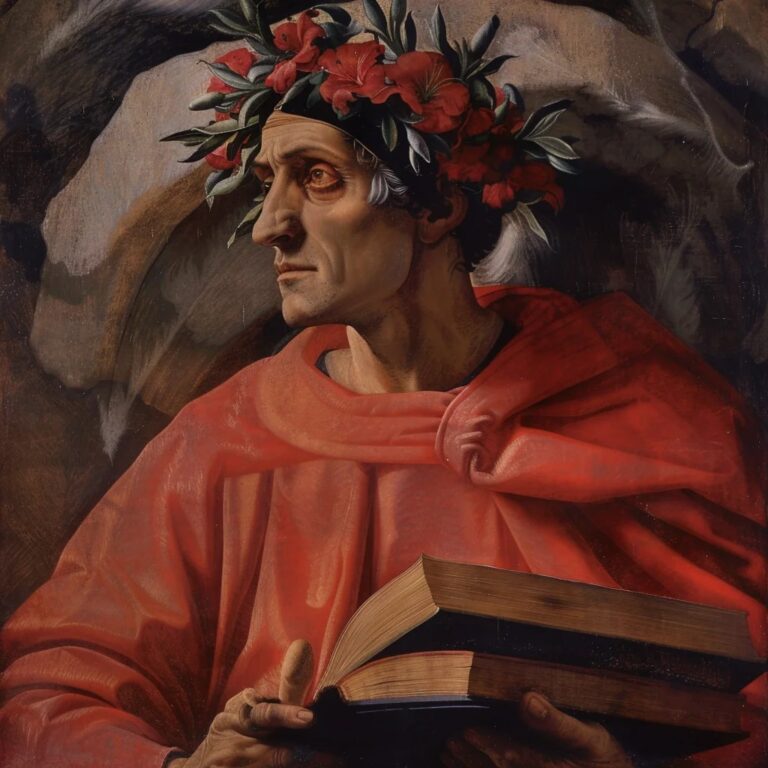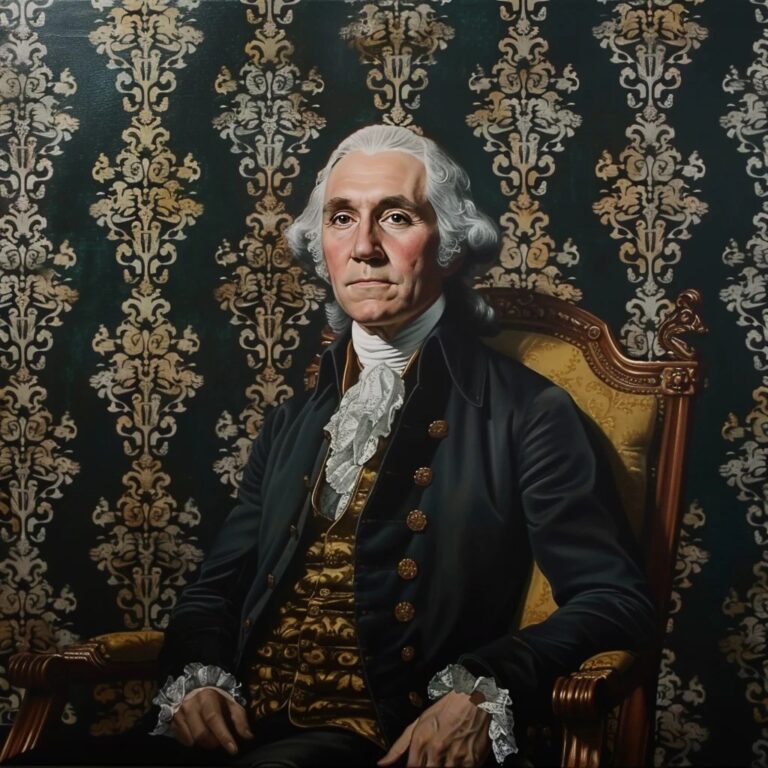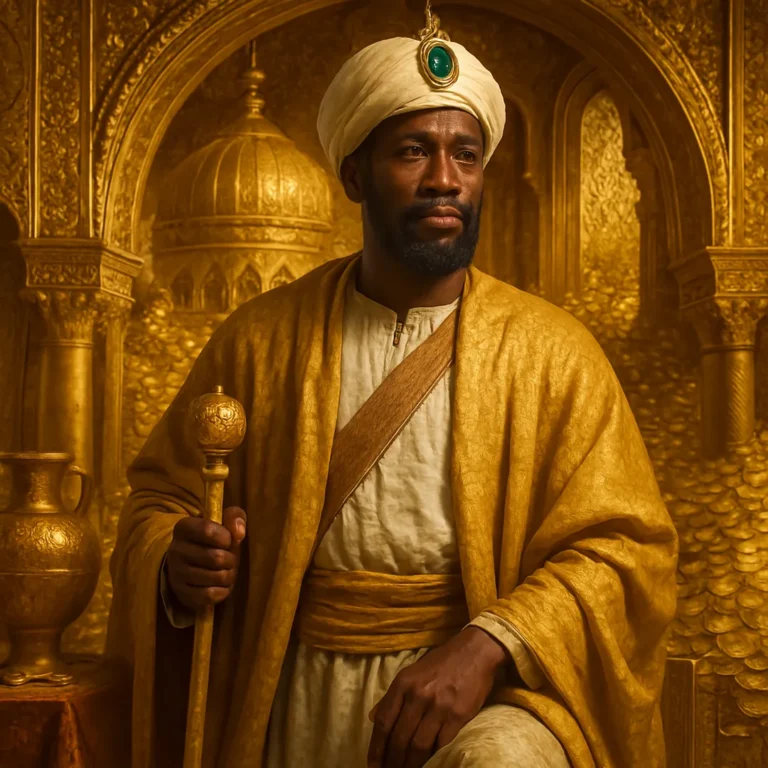His full name was Durante di Alighiero degli Alighieri.
'The Divine Comedy' is divided into three parts: Inferno, Purgatorio, and Paradiso.
Dante's journey through the three realms of the dead is guided by the Roman poet Virgil and, later, by his beloved Beatrice.
Beatrice, whom Dante met when he was nine years old, remained his muse and inspiration throughout his life.
Dante was exiled from Florence in 1302 due to political conflicts and spent the rest of his life in various cities in Italy.
He wrote 'The Divine Comedy' in the Tuscan dialect, which helped establish it as the standard Italian language.
Dante is often referred to as the 'Father of the Italian language' because of his significant contributions to Italian literature.
He was deeply involved in the politics of Florence and served as a prior, one of the city's highest offices.
Dante's works reflect his knowledge of philosophy, theology, and classical literature.
In addition to 'The Divine Comedy,' he wrote other important works such as 'La Vita Nuova' and 'De Monarchia.'
Dante's depiction of Hell in 'Inferno' has had a lasting influence on Western art and literature.
He is buried in Ravenna, Italy, where he spent his final years and completed 'The Divine Comedy.'
Dante's imagery and allegorical writing style have inspired countless artists, writers, and thinkers throughout history.
Dante Alighieri passed away on September 14, 1321, but his legacy continues to endure, making him one of the most important figures in literary history.



